6 Things Microsoft's Next CEO Should Do
Moments after Microsoft CEO Steve Ballmer announced he would be retiring within 12 months, the company's stock shot up 8 percent. That probably didn't make the extremely animated and passionate tech leader too excited, but there is plenty of reason to be optimistic about Microsoft's future. The company still has the leading PC operating system, the most popular and profitable productivity suite in Office and the No. 1 selling gaming console in the Xbox 360, with the Xbox One on the way. Microsoft also happens to be sitting on $77 billion in cash. Still, Ballmer missed the mobile boat, getting blindsided by both the iPhone and the iPad, and there are serious questions about whether Microsoft is doing enough with Windows 8.1 to save the PC.
Here are five things Microsoft's next CEO needs to do to make the company thrive during the next decade.
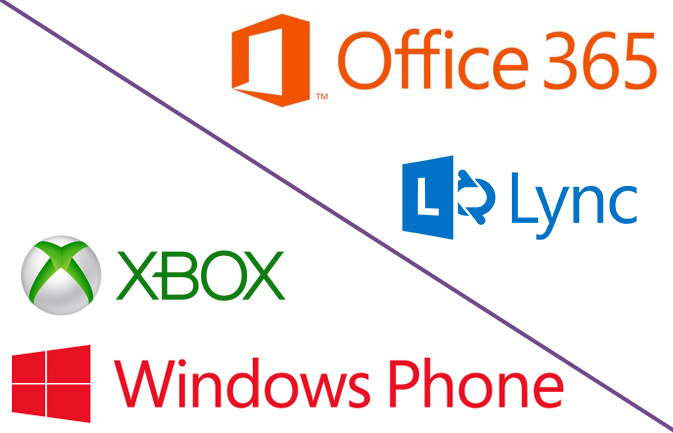
Separate Consumer and Enterprise Businesses
This idea might sound radical, but separating the business and consumer divisions of Microsoft would go a long way toward increasing focus for the respective product teams while maximizing shareholder value. Office 365 could be its own business, given its import, but at the very least, all of the business software and enterprise-oriented services should go under one roof. Consumer-focused initiatives, like Windows Phone and Xbox, would go under another. Microsoft should be doing a much better job of leveraging Skype and Lync and fighting off startups that are trying to kill email. At our office, we're using HipChat for instant messaging because it's easy to create rooms for different groups, making it extremely easy to collaborate. And it works equally well on Macs and PCs. Lync is a mess on my Mac; I can't even add contacts without jumping through hoops. I'm not arguing for setting up silos or a lack of cooperation across the two groups or subsidiaries, but they definitely need to be separated for the good of the overall company.
More: 9 Craziest Steve Ballmer Moments
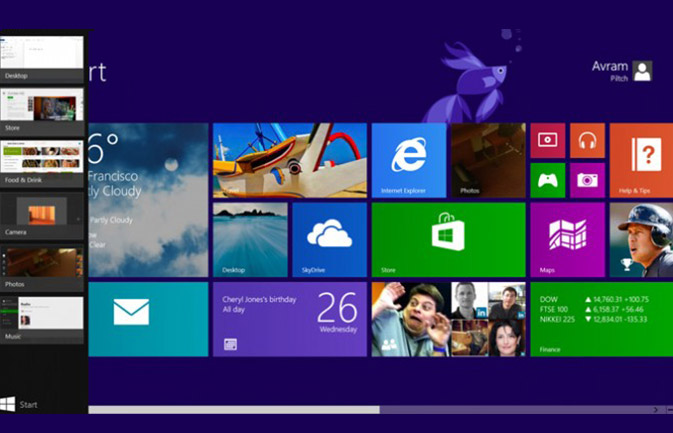
Press the Reset Button on Windows 8
What does it tell you when the world's largest PC maker is adding a Start menu to Windows 8 through a third party? That's what Lenovo is doing with Pokki, one of several alternatives to Microsoft's gimped Start button. Yes, Windows 8.1 brings this button back, but it takes you to the Start Screen and doesn't give users the menu of options they've come to rely on. That's why vendors are taking matters into their own hands. Microsoft's next CEO could minimize the Win 8 backlash by simply giving consumers what they want. While Microsoft is at it, the company should ditch the desktop in Windows RT. The Surface with Windows RT has been a total flop, and it's not just because Microsoft forgot to bundle the keyboard; it has more to do with the fact that users expect to be able to download desktop apps when they can't. It's easy to see why users are confused by the cheaper of the two Surfaces, as there's absolutely no point for it to have a desktop at all. With the exception of Office, most other apps run in the Modern interface. If Microsoft is serious about keeping RT around, it needs to ditch the desktop. This will also help Microsoft compete in the sub-$200 tablet market, where it's mostly about content consumption anyway.
More:5 Windows 8 Apps to Bring Back the Start Menu
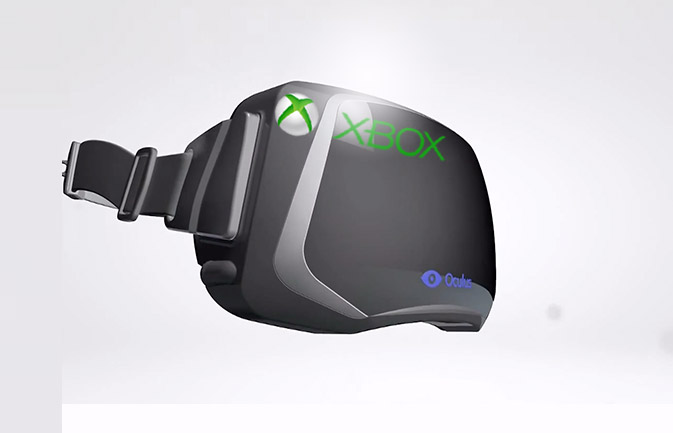
Snatch up Wearable and Fitness-Tech Startups
Microsoft was too slow to respond to the iPhone and iPad, but if the company's new leader acts quickly, Microsoft could help lead the charge in the next wave of computing: wearables. Google already has a head start with Glass, and Samsung should reveal its Gear smartwatch soon. Rumor has it that Microsoft is working on its own watch, but it could use all the expertise it can get in this burgeoning field. Microsoft should take a hard look at such companies as Oculus VR for its Rift gaming headset. The company also needs to lock up an exclusive for the Xbox One console. Having an asset like this could spur more interest in high-end Windows 8 gaming machines. Microsoft could also use some help in the health category, so it should consider taking a run at an outfit such as Fitbit. Integrating that sort of functionality into every Windows Phone would help differentiate the platform, and it fits well with the target audience.
Stay in the know with Laptop Mag
Get our in-depth reviews, helpful tips, great deals, and the biggest news stories delivered to your inbox.
More:5 Reasons You'll Wear a Smartwatch
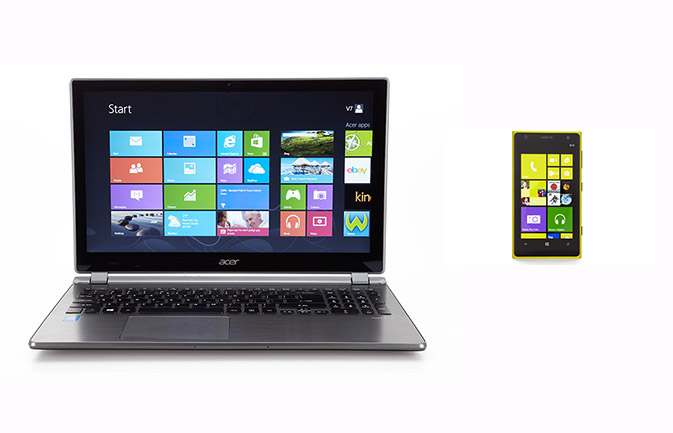
Unify Windows 8 and Windows Phone 8 Experiences
One of the best features of Windows 8 is that if you sign on to someone else's PC, your preferences and accounts will be all ready for you. It's as though you're using your personal machine. Now, it's time to take this cloud intelligence to the next level. By more closely aligning Windows Phone and Windows 8, you should be able to buy an app or game and have it automatically show up on your phone and tablet at the same time. And if you pin your favorite sports team or a Spotify playlist to your Start screen, you should have the option of having it show up on both your slate and handset. Given that Windows 8 and Windows Phone 8 supposedly use much of the same code — at least for developing apps — Microsoft needs to step up the synergistic benefits of the two platforms ASAP.
More: Top 25 Windows Phone Apps

Go Multi-Platform with Mobile Games
Based on what we know about Windows Phone's current game lineup and what we've learned about the Xbox One's second-screen experience, it seems like Microsoft is still being terribly cautious about not cannibalizing console sales. That's not the right way to think in the mobile era. Yes, "Halo: Spartan Assault" is a step in the right direction, but it shouldn't be exclusive to Windows Phone. Microsoft needs to promote one of its greatest franchises as much as possible — and exploit crossover with the Xbox One and 360 — so why not branch out to iOS and Android? Windows Phone titles can offer exclusive features and upgrades, but Microsoft needs to spread the mobile love.
More: 8 Ways to Fix Windows Phone 8
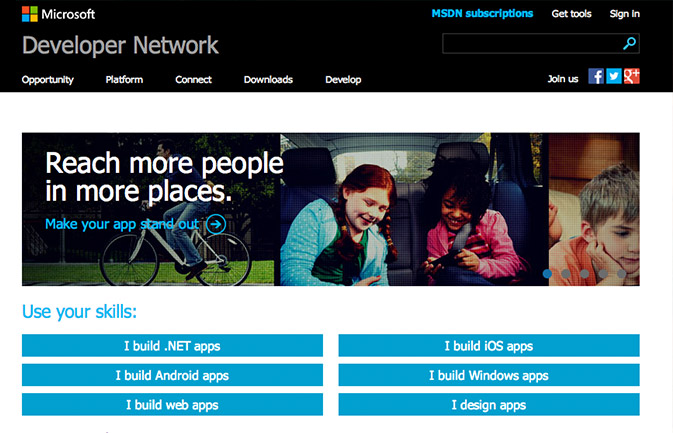
Empower Developers
Steve Ballmer will always be remembered for his crazed "Developers, developers, developers" speech, but right now, those words ring hallow. Microsoft should let programmers build apps that work across both modern and desktop environments, and then let users choose which environment they want to run it in. (Chrome for Windows 8 does this now.) There's also too much sandboxing when it comes to developing apps. As we found out when developing our own battery tests, you can't even get a battery reading in Windows 8 / Windows Phone 8. Show some respect by giving devs access to the hardware and low-level functions of the OS.

